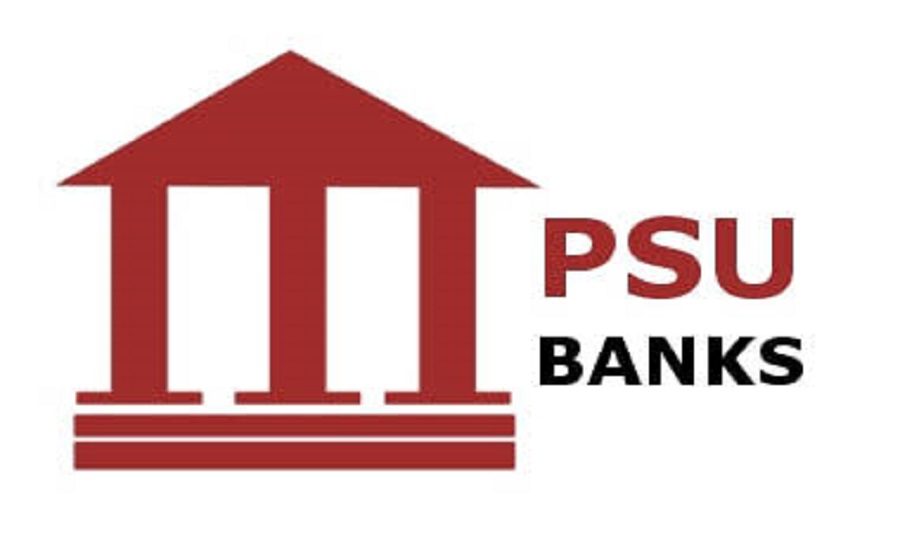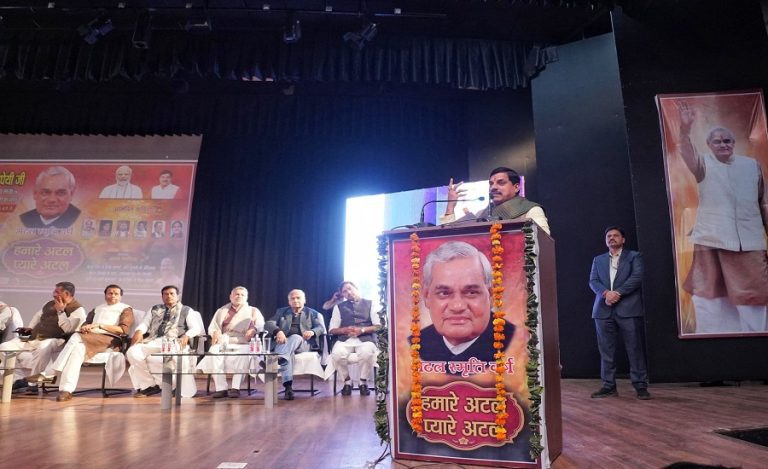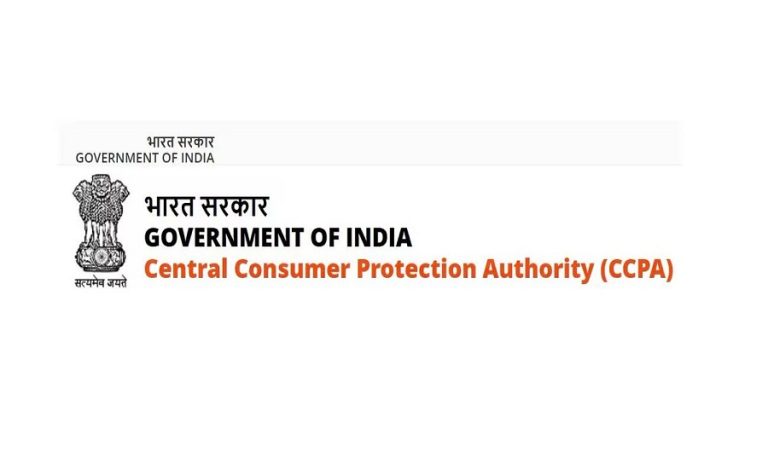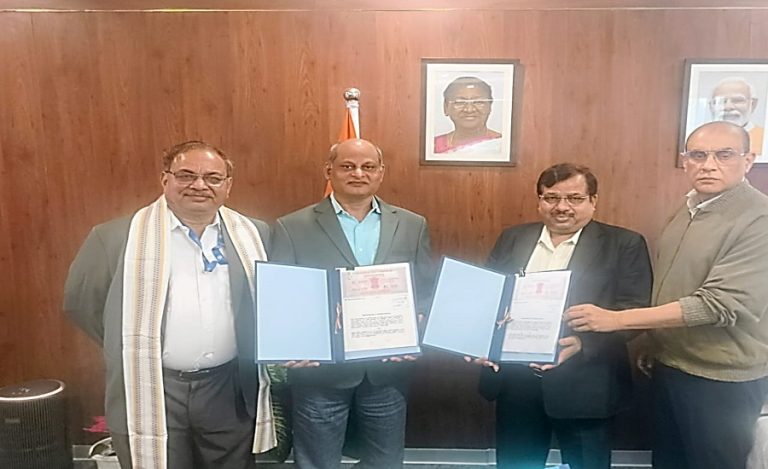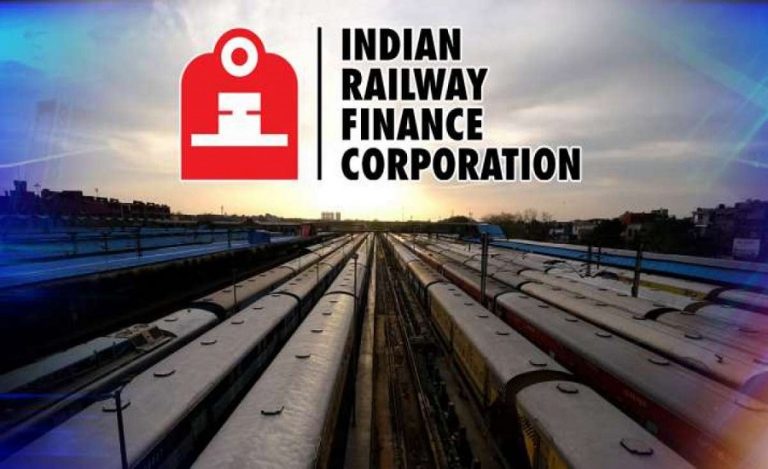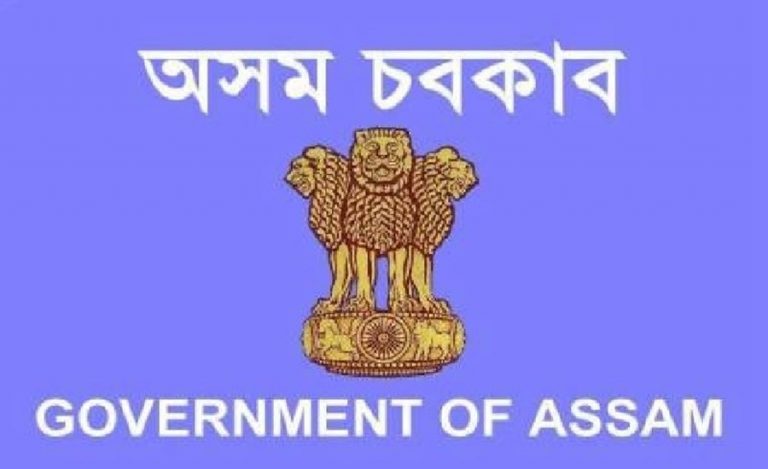New Delhi: Banks in India are expected to witness a slight moderation in profitability in the ongoing financial year (FY26), driven by a narrowing in net interest margins (NIMs) and increased provisioning for potential loan losses, according to domestic credit rating agency India Ratings and Research (Ind-Ra).
The agency forecasts a marginal dip in the banking system’s return on assets (RoA) from 1.38% in FY25 to 1.33% in FY26, reflecting growing pressure on banks’ bottom lines despite healthy credit growth.
NIMs Under Pressure from Rate Cuts
According to Karan Gupta, Director and Head of Financial Institutions at India Ratings, the key drag on profitability will be the contraction in NIMs, primarily due to the one percentage point rate cut and subsequent passthrough to borrowers under external benchmark-linked loans.
Private sector banks are likely to bear a larger brunt compared to their public sector counterparts, as nearly 87% of their loans are tied to external benchmarks, making their margins more sensitive to policy rate movements.
“Net interest margins will decline at a system-wide level, and credit costs are also inching up, pressuring overall profitability,” Gupta stated.
Credit Growth Outlook and Tariff-Related Risks
Despite margin pressures, credit growth is expected to remain robust at around 13% in FY26, supported by strong demand in retail and a revival in corporate lending, which is projected to grow by 10% for the year.
However, India Ratings flagged a caveat: if higher tariffs materialize, they could affect sectors like gems & jewellery and textiles, and thereby indirectly weigh on credit demand. Fortunately, banks’ exposure to these sectors is relatively limited, which should contain any large-scale asset quality impact.
Retail Loan Stress Evident But Manageable
On the asset quality front, the agency believes that pressures from unsecured retail loans — particularly in personal loans, credit cards, and microfinance — remain visible, especially among private banks. However, the overall stress is expected to be limited.
The stress in unsecured lending had heightened following the Reserve Bank of India’s tightening measures in November 2023, but the rating agency noted that the pace of unsecured credit growth has since moderated.
Meanwhile, about 60% of retail credit — mainly housing and vehicle loans — remains stable, providing support to the asset quality profile of banks.
India Ratings has maintained its overall outlook on various credit segments, though it has revised the outlook on personal loans to neutral from deteriorating, indicating some stabilization in that space.
NBFC Outlook: Moderation Ahead
For non-banking financial companies (NBFCs), the agency forecasts a decline in asset under management (AUM) growth to 18% in FY26, down from 24% in FY25. This slowdown is attributed to tighter bank funding conditions and a more cautious stance by NBFCs.
On the microfinance side, NBFC-MFIs are expected to witness 10% AUM growth, with sectoral issues likely to ease gradually over the fiscal year.
Moderated Profitability
While Indian banks remain fundamentally strong and credit growth is resilient, FY26 may be a year of moderated profitability due to the twin headwinds of shrinking margins and elevated credit costs. However, stable retail segments, improved corporate loan demand, and tempered stress in unsecured lending provide reasons for cautious optimism.

